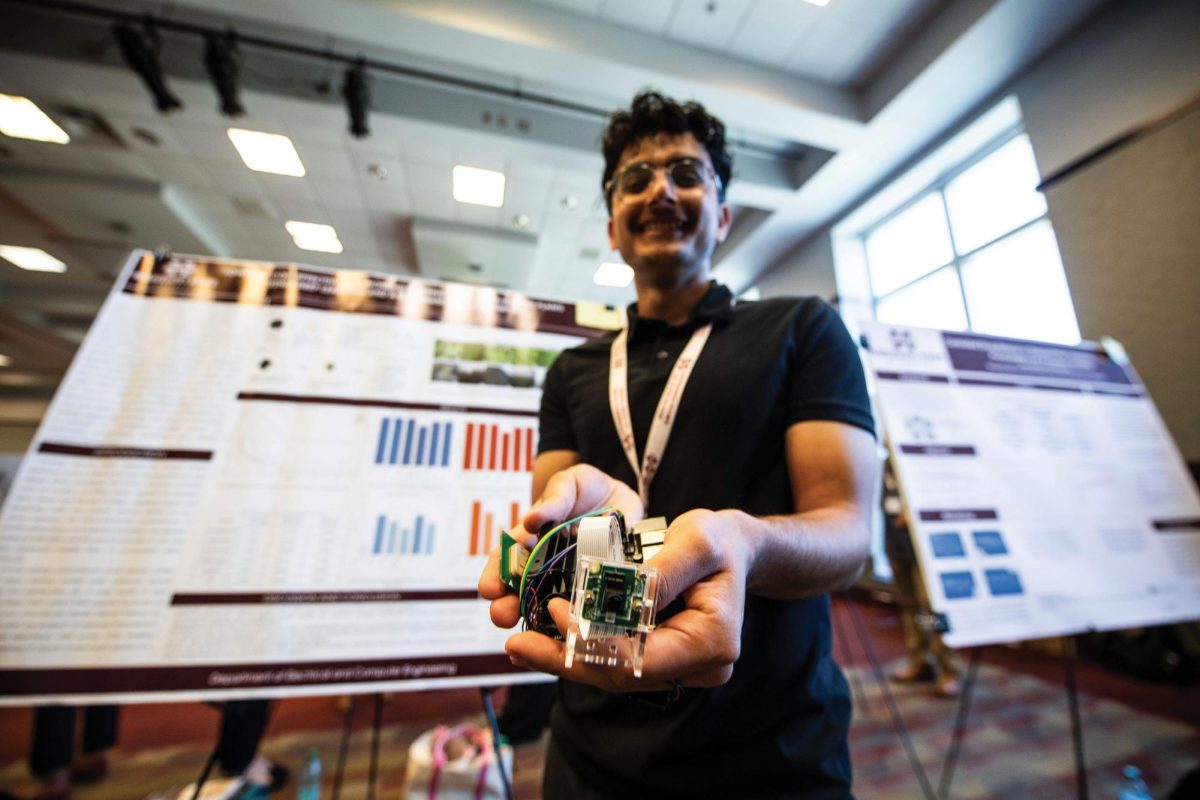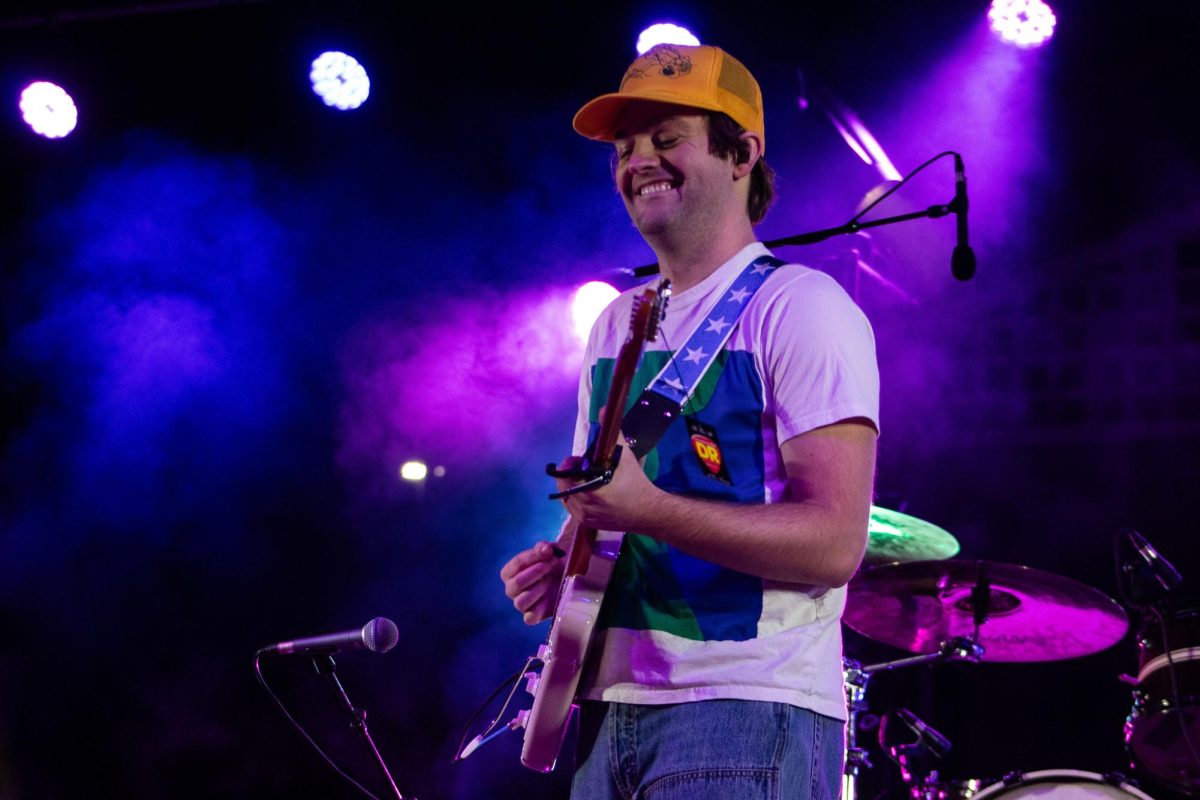Nostalgia is having a moment, and it is not showing any signs of slowing down. From vintage fashion and Y2K makeup to the seemingly endless remakes and reboots of classic films and TV shows, the mainstream media has fully embraced the past as the present. This obsession with bygone eras has seeped into every facet of our society, with major brands, influencers, big corporations and streaming services cashing in on the nostalgia of current generations.
Take fashion, for instance. The repetitive nature of style trends is nothing new — what goes out of style inevitably comes back. Right now, the 1990s and early 2000s are the dominant aesthetics, with low-rise jeans, claw clips and frosted lip gloss making a triumphant return. But the demand for vintage looks extends beyond just a revival of past decades. Thrifting and second-hand shopping have surged in popularity, with many young consumers preferring authentic vintage pieces over fast-fashion imitations.
Social media platforms like TikTok have played a huge role in amplifying these trends, turning niche vintage aesthetics into global movements practically overnight. The hashtag “vintage” currently boasts over seven million videos, showcasing revived makeup trends, stylishly decorated homes, classic cars, nostalgic fashion, rebooted classics and retro gadgets from past generations.
The entertainment industry has also doubled down on nostalgia. Hollywood has all but made a business model out of reboots, remakes and legacy sequels. Franchises that defined past generations — think “Ghostbusters,” “Jurassic Park,” Top Gun” and “The Matrix” — are being resurrected with new installments featuring a mix of original and fresh-faced casts.
Even animated classics are getting the live-action treatment, whether fans asked for them or not. But despite many people’s objections to the remakes, the strategy is working. Audiences are showing up, eager to relive the magic of their favorite childhood films or introduce them to a new generation.
Casey Johnson, an English professor at Holmes Community College, explains her take on this phenomenon relating to her children.
“My husband and I have two girls, ages eight and twelve, and they love the live-action remakes. They get to experience the magic of going to the theater and watching their favorite characters on the big screen,” Johnson said. “Although from my point of view, the remakes are old and can never outdo the original animations, I love watching my girls enjoy the same movies and experiences that I had when I was their age.”
Even if it is not about reliving the magic themselves, adults are handing down their experiences to their children.
Gaming has also followed suit, with remasters of beloved classics making their way to modern consoles. Titles like “The Legend of Zelda: Ocarina of Time,” “Final Fantasy VII” and “Resident Evil 4” have been revitalized with updated graphics and mechanics while maintaining their original charm. It is not just about playing these games again — it is about recreating the feeling of discovering them for the first time. With advancements in technology, developers can refine and enhance these games in ways that were not possible when they first launched.
Even in the beauty industry, nostalgia reigns supreme. Makeup brands are capitalizing on vintage-inspired looks, bringing back shimmery eyeshadows, thin eyebrows and brown lip liners that dominated the ’90s. Iconic celebrity styles from past decades are being replicated, with stars and influencers embracing everything from old Hollywood glamour to early-aughts pop princess aesthetics.
There is a combination of factors that are driving this nostalgia boom. For one, the rapid pace of technological change and societal shifts often push people to seek comfort in the familiar. The pandemic amplified this desire, as many turned to old movies, childhood snacks and vintage aesthetics as a form of escapism.
At the same time, younger generations, particularly Gen Z, have developed a fascination with the past — not because they lived through it, but because they are experiencing it through the internet. Viral trends romanticizing VHS tapes, disposable cameras and flip phones prove that nostalgia is not just for those who remember — it is for those who wish they did.
Whether this nostalgia wave will continue to dominate or eventually fade remains to be seen. But for now, the past is not just making a comeback — it is the hottest trend of the present.















